Wild-Ass Rumor Of The Day: Mid-Engine Corvette Whispers Won't Die Edition
Along with flying cars and hydrogen fuel cells, the mid-engined Corvette occupies the most spurious level of automotive rumor-mongery. GM has a deep, rich history of flirtation with the idea of a mid-engine ‘vette (too deep and rich for us not to commission a forthcoming brief history from Paul Niedermeyer), but even in the last three years the engine configuration of the C8 Corvette has attracted intense speculation. In October of 2007, Motor Trend kicked off the modern era of mid-engine ‘vette rumors with a lengthy piece which “revealed” that
GM vice chairman Bob Lutz reportedly has been pushing for a mid-engine C7… We hear Lutz is backing down from his support of a mid-engine C7, though other powerful GM execs reportedly still favor it. Those at GM who prefer an evolutionary, front-engine C7 are facing a tough battle.
Almost exactly a year later, MT took it all back. With GM facing bankruptcy and bailouts, plans for a new Corvette were put on hold and the RenCen pendulum was swinging back towards an evolution of the front-engined C7. And yet now, with bankruptcy still less than a year in GM’s past, the mid-engine Corvette rumors are bubbling back up again.
With rumors circulating that 10 GM studios from around the world were submitting designs for a new Corvette, AutoWeek spoke to some unnamed GM execs about ‘vette’s future, and unwittingly (or not) resurrected the oldest running line of speculation in auto-dom. AW’s scoop: the forthcoming C7 “will be the last of the traditional, old-style Corvettes,” according to a “senior GM insider.” In 2016, the C8 will launch with
a radical re-engineering, centered on a more fuel-efficient, [Ed: wait for it] mid-engined V6 powertrain, a lightweight alloy body and a more compact footprint.
Other rumored changes? GM Design boss Ed Wellburn has hinted that the Stingray concept‘s split rear windscreen could make it to the next Corvette design, reviving a long-lost signature design cue. We’re guessing that this particular rumor applies to the last front-engined ‘vette, the C7. After all, why put a heritage design cue on a car that has nothing to do with the Corvette’s mechanical heritage? Which in turn raises another question: is a mid-engined, V6 Corvette really a Corvette at all? Should the Corvette be left to die alone after all?With the C7 rumored to be just another evolution of the long-soldiering ‘vette internals, it’s a question that we (and GM) won’t have to answer today. And frankly, it may be a question that will never have to be seriously addressed: after all, we’ve been hearing mid-engined Corvette rumors for over 30 years now. Who really thinks it’s finally going to happen now?More by Edward Niedermeyer
Latest Car Reviews
Read moreLatest Product Reviews
Read moreRecent Comments
- FreedMike Yeah, this trend needs to die a painful death.
- THX1136 This reminds me of a 'fad' back when I was in high school that was equally silly. A few folks would put spacers in the rear springs to lift the back end of the vehicle to ridiculous heights. We would joke that they must think it makes the car go faster since it feels like you're driving downhill all the time. Dangerous for all the reasons Redapple2 mentions.
- Arthur Dailey Just a couple of questions. Are you adding a stabilizer to your gas tank as the gas sits so long? Aren't tires usable for up to 10 years after manufacture, rather than 7? And should you wait so long between oil changes? Even with the low mileage can the oil degrade? Eagerly awaiting responses from one and all.
- Redapple2 I m afraid I d hate the crazy color 2 yrs down the line of a 6 year ownership. So, after dark blues, and dark reds I m back to a wonderful deep, pearly, lustrous white. Looks good at night. In the day. Clean; and when dirty, hides it.
- THX1136 Some folks down the street from me had a beautiful blue/green Jeep. I stay away from grey, brown, silver and black. Ironically I own a white vehicle at the moment due to not being able to afford the blue one I was considering and not wanting the aforementioned colors. A nice emerald green, most shades of blue (Santa Fe Blue is a favorite) and the 'hotter' colors like orange, purple and yellow appeal, but as KOKing mentioned it's got to look 'right' on the car in question.



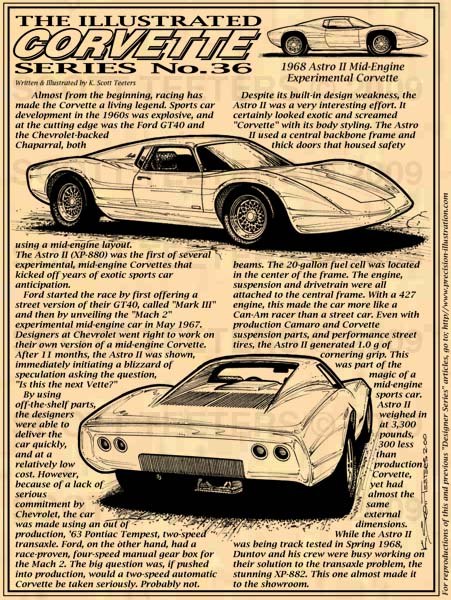
















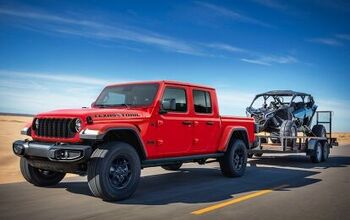
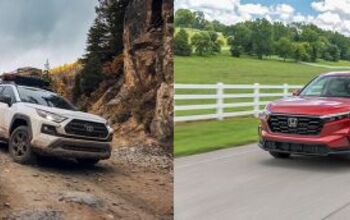
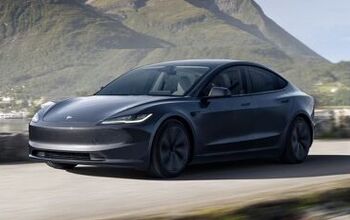
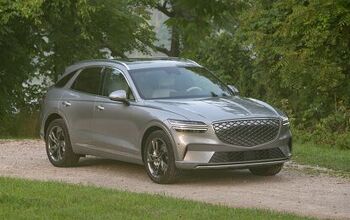
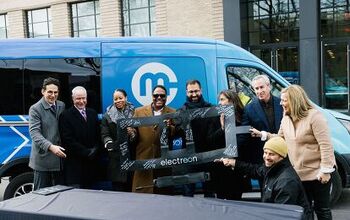
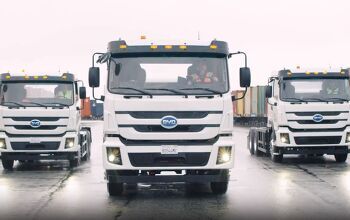

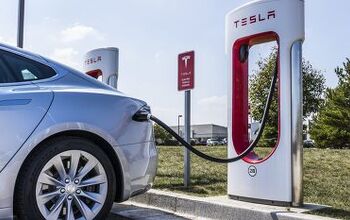
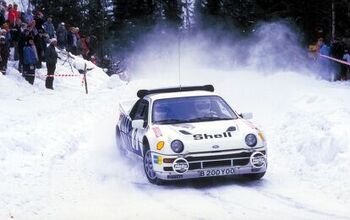
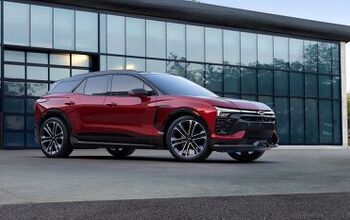
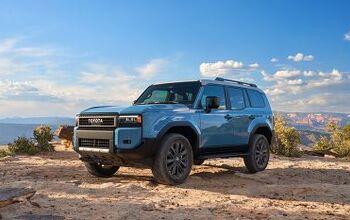
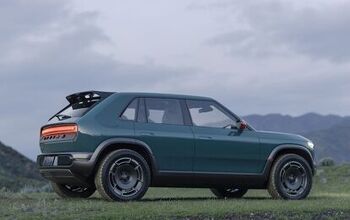
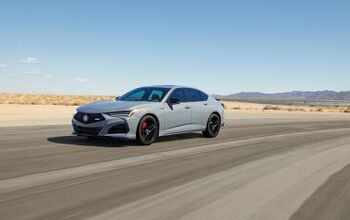

Comments
Join the conversation
I see no reason it couldn't be a front-mid engined vehicle and have a near 50/50 balance. A rear-mid engined setup (and a V6? Ughhh...) would just be another sports car, but it wouldn't be a Vette...
The mid-engine corvette will not happen, well maybe if it goes electric or fuel cell. The packaging of the current front engine car is great. Most of the weight is in the wheel base and you get great luggage space, now compare that with something like a cayman. Not to mention other things like how easy it is lift the hood and have a look at the engine. This is not just for maintenance, because even the ZR1 spark plugs are supposed to last 100k miles, but even people that know nothing about cars or even what they are looking at will want to have a look at the engine of the corvette or an owner would want to show it off. Of course with how bad the current corvette engine looks, although better than many engines, they might as well hide it like in 911, but I do not think owners would like that. Just look at the 599 or even the LFA, Lexus could start from a clean sheet of paper and went with a front engine two seater. Of the abandoned Honda supercar was front engine, even with their NSX heritage. People forget that one of the main reasons Zora wanted a mid engine corvette was because of carburetors. Back then in order to get equal fuel to each cylinder, the intake manifold had to be very high. So the hood had to be higher. So the driver had to sit higher to see over it. This raised drag and raised the center of gravity. Look at the early mid-engine concepts, the intake manifolds are at driver eye level, even if the engine is as the same height as the front engine vette. So designers of the front engine corvette had to compromise by making a less than ideal intake. Now modern fuel injection allows for very tight and low intakes that can evenly distribute air and fuel to the cylinders, one of the main pushes is gone.